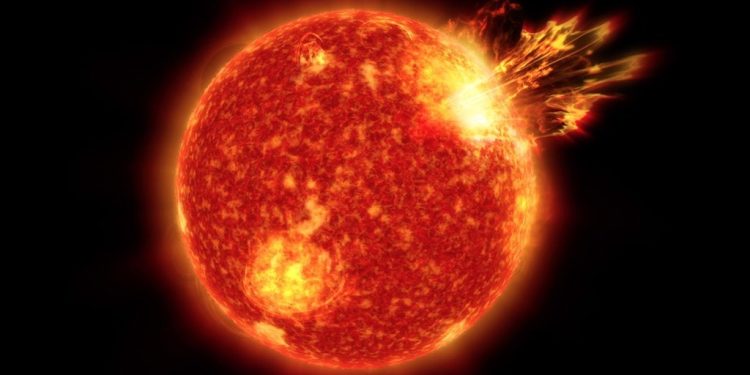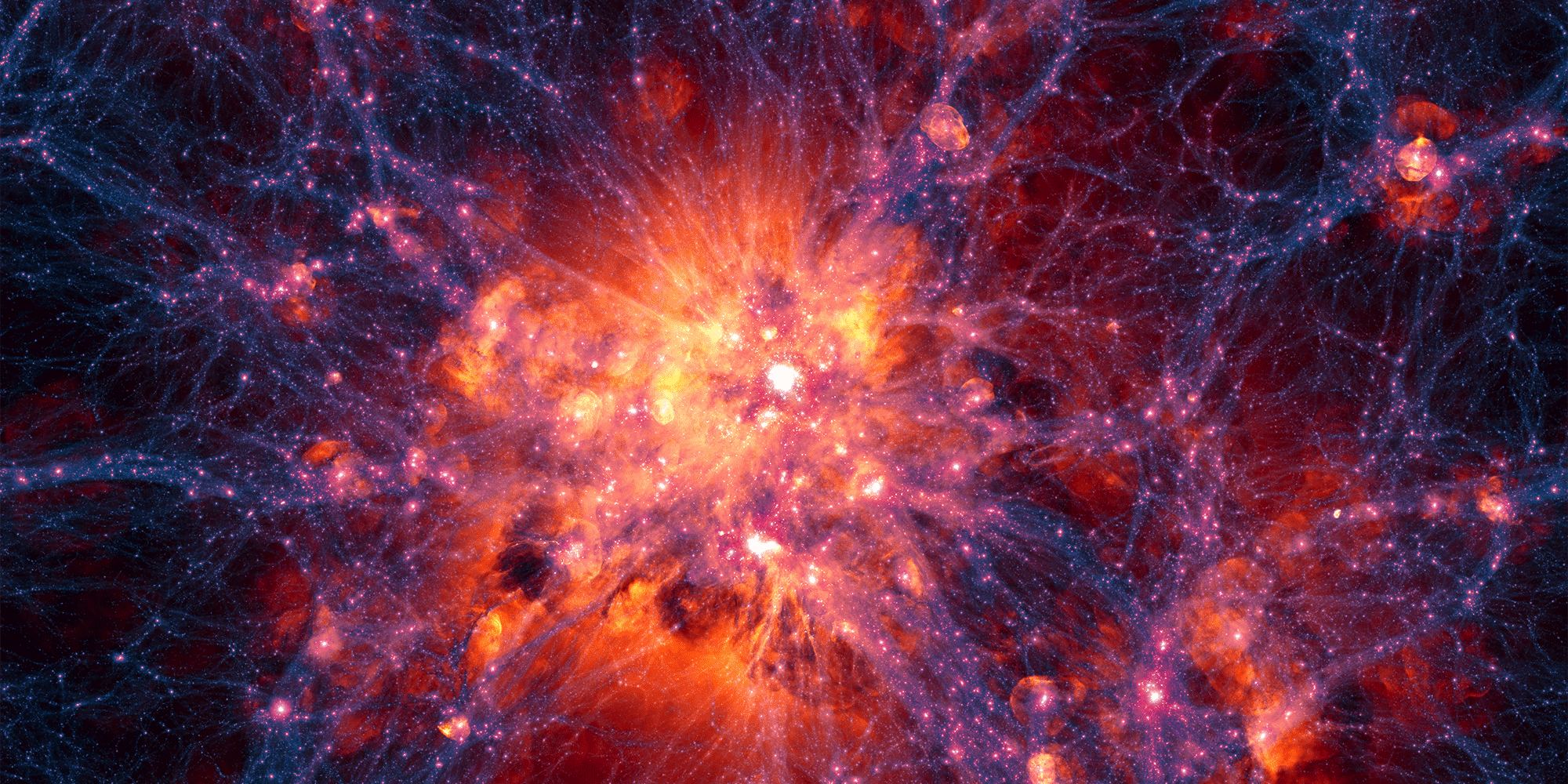Our Sun’s incredible power made its presence felt once again yesterday when a significant solar flare disrupted radio communications on Earth. The flare, classified as an X7.1 event, is the second most intense solar flare recorded this year, according to data from the National Oceanic and Atmospheric Administration (NOAA). The powerful burst of energy resulted in temporary radio blackouts, particularly affecting regions over the Pacific Ocean, including Hawaii.
What Happened?
A massive eruption of electromagnetic radiation was unleashed by the Sun, hurling high-energy particles toward Earth at astonishing speeds. The radio blackout, though brief, was a direct consequence of this solar flare, categorized as an X-level event, which represents one of the most severe classes of solar flares. While the communication disruption was temporary, it serves as a reminder of the unpredictable and far-reaching effects that space weather can have on our planet.
This particular event originated from solar region 3842 and was closely monitored by NOAA’s Space Weather Prediction Center. According to experts, this flare was only surpassed by an even stronger X8.7 flare earlier this year, which occurred in May. As solar activity ramps up during Solar Cycle 25, these events are becoming more frequent.
An X7.1 (R3) solar flare erupted from Region 3842 this evening – as seen in this animation (courtesy of jhelioviewer). This was the second strongest flare of Solar Cycle 25, only bested by an X8.7 flare on May 14th of this year. See https://t.co/MiukLmxbua for full story. pic.twitter.com/Qohhyk17DW
— NOAA Space Weather Prediction Center (@NWSSWPC) October 2, 2024
What’s Next?
The effects of the flare may not end with the radio blackout. NOAA has identified a coronal mass ejection (CME) associated with the solar flare. Essentially, the Sun has ejected a large cloud of plasma that is now hurtling through space, and it’s expected to reach Earth’s atmosphere on October 5th. This could trigger a geomagnetic storm, which NOAA has classified as “minor to strong.” While it may sound concerning, the effects on daily life should be minimal, with only slight disturbances to some technologies such as GPS or power grids, and those are expected to be manageable.
An Opportunity to See the Northern Lights?
Aside from minor technological interruptions, geomagnetic storms can have a stunning visual effect – they often cause the Northern Lights, or auroras, to appear much farther south than usual. During a similar event in May, residents as far south as Florida in the United States were treated to breathtaking views of these cosmic light displays, usually reserved for higher latitudes.
This time, NOAA predicts auroras could be visible over many northern states and even parts of the lower Midwest and Oregon. If you’re interested in catching a glimpse of this rare phenomenon, it might be worth keeping an eye on space weather updates over the coming days.
As Solar Cycle 25 progresses, these flares and solar storms may become more common. While most of these solar events cause minimal disruption, they highlight the powerful connection between our planet and the Sun. For scientists and space weather enthusiasts, this increased solar activity is a field of continuous study and observation.











